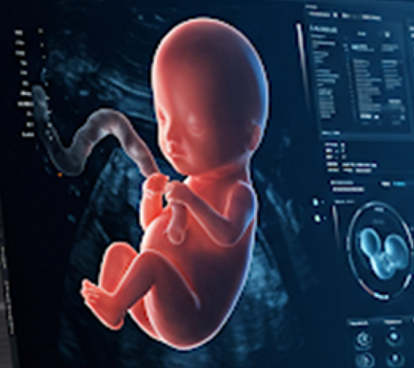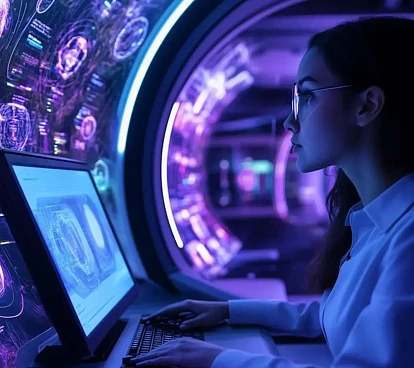
Transforming medical practice: How we've helped improve pacemaker removal using mixed reality
July 7, 2023
In this interview, Antonio Sierra and Adriano Pérez, our colleagues from SNGULAR Studios, discuss their collaboration with Virgen del Rocío Hospital. Their goal is to enhance the removal of cardiac devices in clinical practice through mixed reality technology.
How did the collaboration with the Pediatric Cardiology research group at Virgen del Rocío Hospital come about?
This collaboration resulted from an introduction by a SNGULAR colleague whose father is a cardiovascular surgeon at Virgen del Rocío Hospital. This connection led to an initial project funded by Medtronic. This project involved using mixed reality technology to monitor patient information in the operating room via a holographic panel. Dr. Israel Valverde, a Cardiovascular Surgeon at the same hospital and a researcher at the Biomedical Institute of Seville, took note of our work, and invited us to join a project he was working on, which is where we are today.
How has SNGULAR contributed to the initiatives of this research group?
Our team began by assessing the technological aspects of their pre-operative practices, which revealed a process bottleneck. We saw this as a challenge that a technological tool could address. The doctors needed to virtually model the heart before surgery for manipulation and exploration. They were using 3D printers for this purpose, but the process was slow, error-prone, and the model couldn't be repaired if manipulated, like cutting. Thus, a new technology was needed.
Can you share more about the technology used to assist medical staff in removing faulty or infected pacemakers?
In collaboration with Dr. Valverde's team, the SNGULAR team worked on a solution using the latest mixed reality devices, Microsoft Hololens 2. We planned to export the 3D heart model into a holographic system, allowing for virtual manipulation. We added tools for cutting, selecting, applying, rotating, and positioning, along with an intuitive and user-friendly interface. Not only is this technology useful for pre-operative analysis and studying heart malformations, but it can also be utilized during the operation itself. The mixed reality glasses give surgeons an exterior view and a reference of the heart, helping them gauge depth and dimensions in real size. This has proven invaluable in guiding catheters to affected ventricles or arteries.
What future plans do you have for this collaboration?
This project has proceeded in stages, validating each interaction to cater specifically to the doctors' needs. Striking a balance between innovation and practicality can be difficult. In this instance, we believe we've succeeded, with the tool already being used by other surgeons. The next step is to gather feedback from all doctors using it and to further improve based on their suggestions.
We are proud to mention that a scientific paper about this entire process has been published. It gives us immense satisfaction at SNGULAR to know that the technological tool we developed could potentially save many lives.
How does this initiative align with SNGULAR Studios' technological development and innovation activities?
As always, our main aim and effort are centered on delivering innovative solutions to organizations across all sectors. With our multidisciplinary team covering nearly all market technologies, we are able to stay at the forefront of various types of projects.
Our latest news
Interested in learning more about how we are constantly adapting to the new digital frontier?

Insight
April 7, 2025
World Health Day in the AI revolution era

Tech Insight
March 5, 2025
AI Governance: Challenges and Perspectives

Insight
February 18, 2025
The Transformative Power of AI in Health and Pharma

Tech Insight
February 11, 2025
Unlocking the tech potential in international pharmaceutical tender management